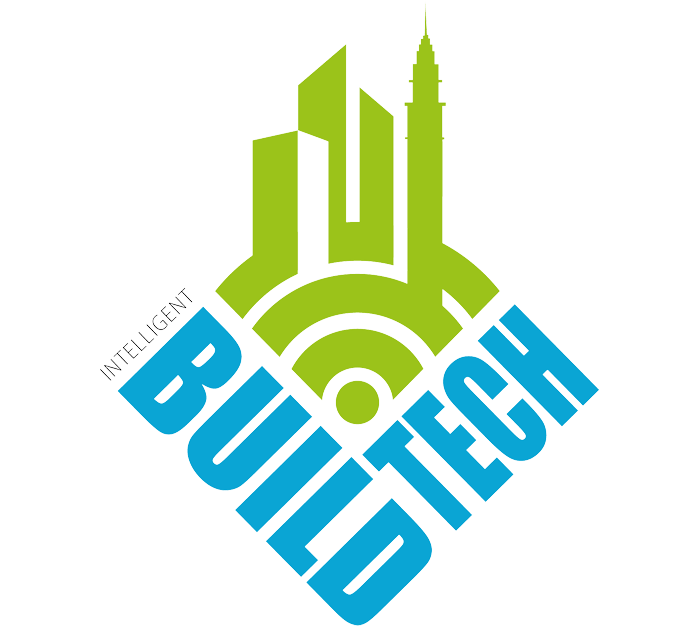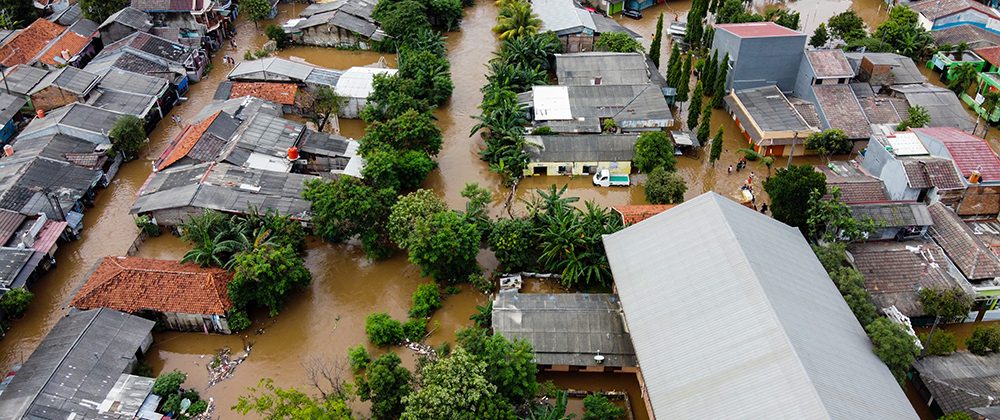From hurricanes to mould infestations, Ibrahim Imam, Co-founder and Group Co-CEO, CEO MENA and APAC at PlanRadar, explores the role of technology in climate-resilient design.
In recent years, the frequency and intensity of extreme weather events have risen dramatically, with hurricanes, floods and wildfires becoming more common and severe. According to the World Meteorological Organization, extreme weather, climate and water-related events caused 11,778 reported disasters between 1970 and 2021, with just over 2 million deaths and US$ 4.3 trillion in economic losses.
These increasingly volatile conditions pose a direct threat to the built environment, highlighting the urgent need for buildings that can withstand such challenges. Climate-resilient design is a crucial response to this escalating issue. By incorporating materials and architectural strategies that enhance durability and adaptability, buildings can better endure the impacts of environmental changes. This not only ensures the safety and well-being of their occupants but also promotes long-term sustainability.
Understanding climate-resilient design
Climate-resilient design refers to architectural and construction practices aimed at creating buildings that can withstand and adapt to the adverse effects of climate change. This involves using durable materials, innovative construction techniques and strategic planning to ensure structures remain safe and functional despite extreme weather conditions. The importance of climate-resilient design has grown as the frequency and severity of environmental changes have increased. Rising sea levels, more intense storms and unpredictable weather patterns all underscore the urgent need for buildings that can endure these challenges, ensuring both their longevity and the safety of their occupants.
The impact of climate-resilient design on wellness and safety is also profound. Buildings designed with resilience in mind can better protect their inhabitants from the hazards associated with extreme weather, such as structural damage during hurricanes or flooding. For example, homes and buildings that are not climate-resilient often suffer from issues like water intrusion, mold growth and structural failure during storms, which can lead to health problems and costly repairs. In contrast, resilient buildings provide a safe and healthy living environment by preventing such damage and promoting stability. This not only enhances the immediate well-being of occupants but also contributes to their long-term safety and security.
The role of technology in climate-resilient design
The role of technology in climate-resilient design is pivotal, as modern innovations provide the tools and techniques necessary to create buildings that can withstand environmental stresses. Advanced modeling software allows architects and engineers to simulate the impact of various climate scenarios on structures, enabling them to design buildings that can endure extreme weather conditions. Building Information Modeling (BIM) systems integrate data from multiple sources to create comprehensive models of buildings, which can be used to predict how different materials and design choices will perform over time.
Materials science also plays a crucial role in climate-resilient architecture. Innovations in this field have led to the development of new materials that are stronger, more durable and better suited to withstand extreme weather. Similarly, advancements in sustainable building materials, such as high-performance concrete and energy-efficient glazing, contribute to the overall resilience of structures. These technologies, combined with the use of renewable energy systems and efficient water management solutions, ensure that buildings are not only resilient but also environmentally sustainable.
Best practices for implementing climate-resilient design
Implementing climate-resilient design involves adhering to several key principles and strategies that enhance a building’s ability to withstand and adapt to environmental changes.
One fundamental principle is the use of site-specific design, which considers the unique climate risks and conditions of the location. This can include elevating buildings in flood-prone areas or using wind-resistant designs in hurricane zones. Another important strategy is the integration of resilient materials and construction methods, such as using reinforced concrete or cross-laminated timber, which offer enhanced durability against extreme weather events. Additionally, incorporating passive design elements like natural ventilation and daylighting not only improves energy efficiency but also reduces dependency on mechanical systems that can fail during extreme conditions.
Ongoing maintenance and adaptation are essential components of ensuring long-term resilience in building design. Regular inspections and maintenance help identify and address potential vulnerabilities before they become major issues, thereby extending the lifespan of the structure, and maintaining its resilience. Adaptation strategies involve staying informed about the latest advancements in climate-resilient technologies and materials and being prepared to integrate these improvements into existing structures. As climate conditions continue to evolve, buildings must be adaptable, allowing for modifications and upgrades that enhance their resilience.
The future of climate-resilient design
The future of climate-resilient design is marked by several emerging trends that promise to transform the architecture and construction industries. One significant trend is the increasing use of green infrastructure, which integrates natural systems into urban environments to enhance resilience. Another trend is the rise of regenerative design practices, which go beyond sustainability to actively restore and enhance the environment. This approach involves designing buildings that produce more energy than they consume, capture and reuse water on-site and support local biodiversity.
Technological advancements are also driving the evolution of climate-resilient architecture. The use of Artificial Intelligence and Machine Learning in building design is becoming more prevalent, enabling architects and engineers to optimise building performance and predict potential vulnerabilities with greater accuracy. The development of new materials, such as self-healing concrete and phase-change materials, offers enhanced durability and adaptability in extreme weather conditions.
As these trends continue to develop, they will play a crucial role in shaping a more resilient and sustainable built environment for the future.




